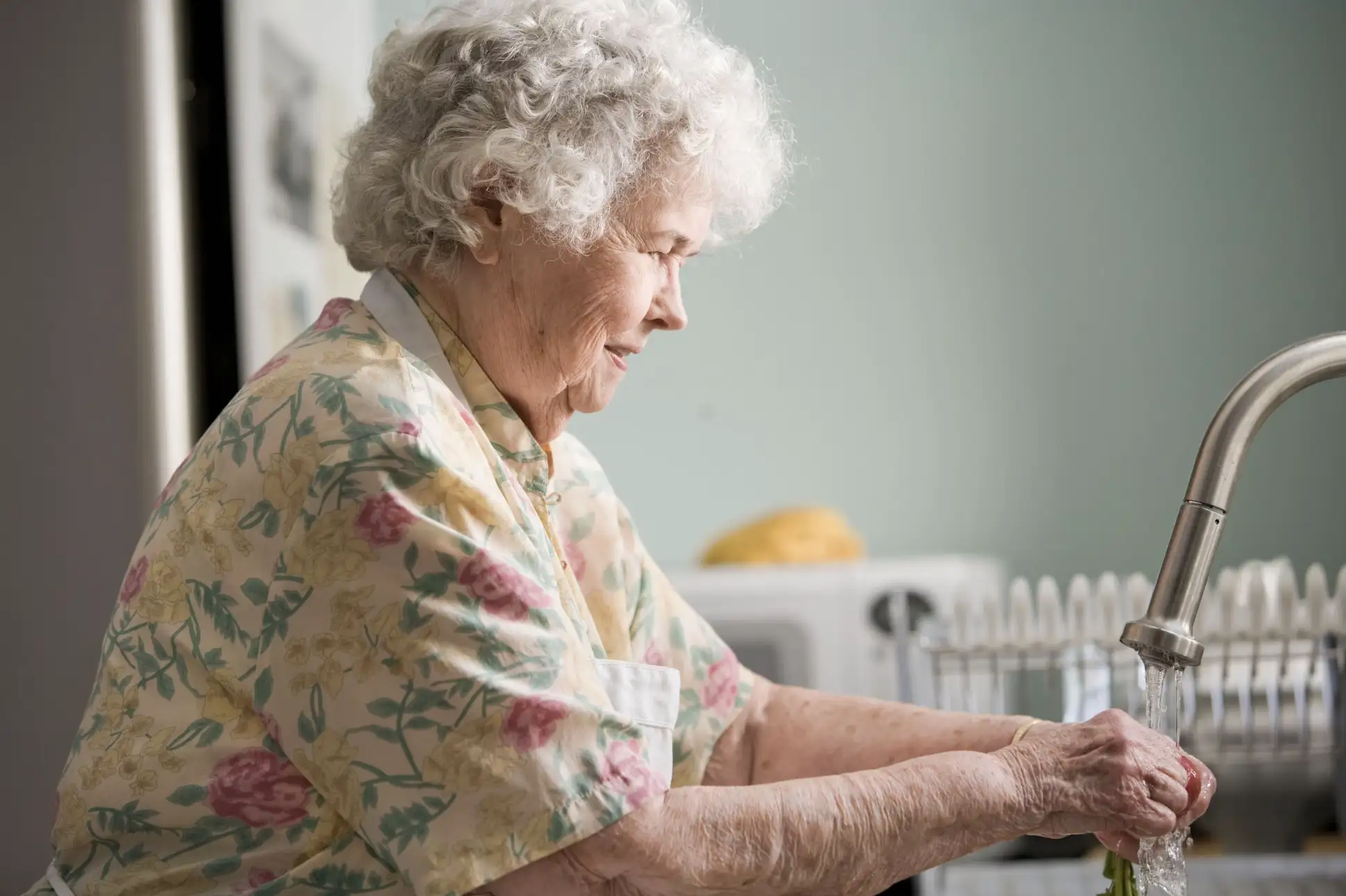A major change is coming to aged care in Australia. The government’s new Support at Home program is set to replace the existing Home Care Package (HCP) system. If you or a loved one currently receives in-home care, or you’re just starting to look into it, you probably have a lot of questions and concerns.
You might be worried about what this means for your funding, your services, or if the new system will be more complicated. We understand. This guide is here to walk you through everything you need to know about the Support at Home program, based on the latest information from the Australian Government.
IMPORTANT UPDATE: Program Start Date Changed
The Support at Home program was originally scheduled to begin on July 1, 2025. The Australian Government has officially delayed the start date.
The new start date for the Support at Home program is November 1, 2025.
What is the New Support at Home Program?
The Support at Home program is a new, unified system for providing in-home aged care services in Australia. From November 1, 2025, it will replace the following programs:
- Home Care Packages (HCP) Program
- Short-Term Restorative Care (STRC) Programme
- Commonwealth Home Support Programme (CHSP) (will transition later, no earlier than July 1, 2027)
The goal is to create a single, streamlined program that is easier to access and navigate. It was designed in response to the Royal Commission into Aged Care Quality and Safety to give older Australians more choice and control over their care, helping them to live independently and safely at home for longer.
How Will Support at Home Work? A Step-by-Step Guide
While the old system could be confusing, the new program aims to simplify the process. Here’s how it generally works:
Step 1: The Assessment
Everything starts with an assessment to understand your needs.
- How to Apply: You can apply for an assessment through the My Aged Care website or by calling them on 1800 200 422.
- The Process: A trained assessor will meet with you (usually in your home) to discuss your situation, your health, and what you need help with. This is done through the new Single Assessment System.
- The Outcome: Based on the assessment, you will be approved for a certain level of support and funding.
Step 2: Choosing a Provider
Once you are approved, you will choose a registered aged care provider, like MD Home Care. This provider will manage your funds and coordinate your services. Under the new program, you will have a single provider to keep things simple.
Step 3: Planning Your Care
You and your chosen provider will work together to create a personalized care plan based on your needs and goals. This plan will outline the specific services you will receive.
Step 4: Receiving Services
Your provider will arrange for support workers and health professionals to deliver the services outlined in your care plan.
What Services Are Available? (Including Home Modifications)
The Support at Home program will offer a broad range of services, which are generally grouped into these categories:
- Clinical Care: Services like nursing, physiotherapy, and other allied health support. There is no charge for these clinical services.
- Independence Services: Help with daily personal activities like showering, dressing, medication management, transport, and respite care.
- Everyday Living Services: Support with tasks like cleaning, gardening, shopping, and preparing meals.
- Assistive Technology and Home Modifications: This is a key area. The program provides funding for equipment and changes to your home to improve safety and independence. This can include:
- Grab rails in the bathroom
- Ramps for wheelchair access
- Stairlifts
- Easy-to-use appliances
Funding for home modifications is tiered based on need, with schemes available to cover costs up to $15,000 in some cases.
Frequently Asked Questions (Answering Your Concerns)
Here are answers to the common questions and fears we hear from the community about these changes.
Will I lose my current funding or services?
No. The government has committed to a “No Worse Off” principle. If you currently have a Home Care Package, you will be automatically transferred to the new Support at Home program at a funding level that allows you to continue receiving at least the same level of services. You will not need a new assessment unless your needs change.
Is the new system more complicated?
The aim is the opposite. By combining multiple programs into one, the goal is to make the system simpler and easier to understand. Having a single provider and a single assessment process should reduce confusion and administrative headaches for families.
How much will I have to pay?
Your contribution will be based on a means test, similar to the current Age Pension system.
| Service Type | Contribution Level |
|---|---|
| Clinical Support Services | No contribution |
| Independence Services | Moderate contribution |
| Home Modifications/Equipment | Moderate contribution |
| Everyday Living Services | Higher contribution |
If you have a Commonwealth Seniors Health Card, you may have lower contribution fees.
What happens if my health needs change?
The system is designed to be flexible. If your needs change, you can request a reassessment at any time. This could lead to a different funding level to ensure you get the support you need, especially for more complex health issues or end-of-life care.
Conclusion: A More Flexible Future for In-Home Care
The new Support at Home program represents a significant and positive shift in how aged care is delivered in Australia. While change can be unsettling, the program is designed to give you more control, more choice, and a more streamlined experience.
The key is to stay informed and work with a trusted provider who can help you navigate the changes.
At MD Home Care, we are committed to helping you understand the new system and access the best possible support. If you have any questions about the Support at Home program or need help with your care needs, contact our friendly team today.
Resources and Further Information
For additional details, refer to the following official resources:

